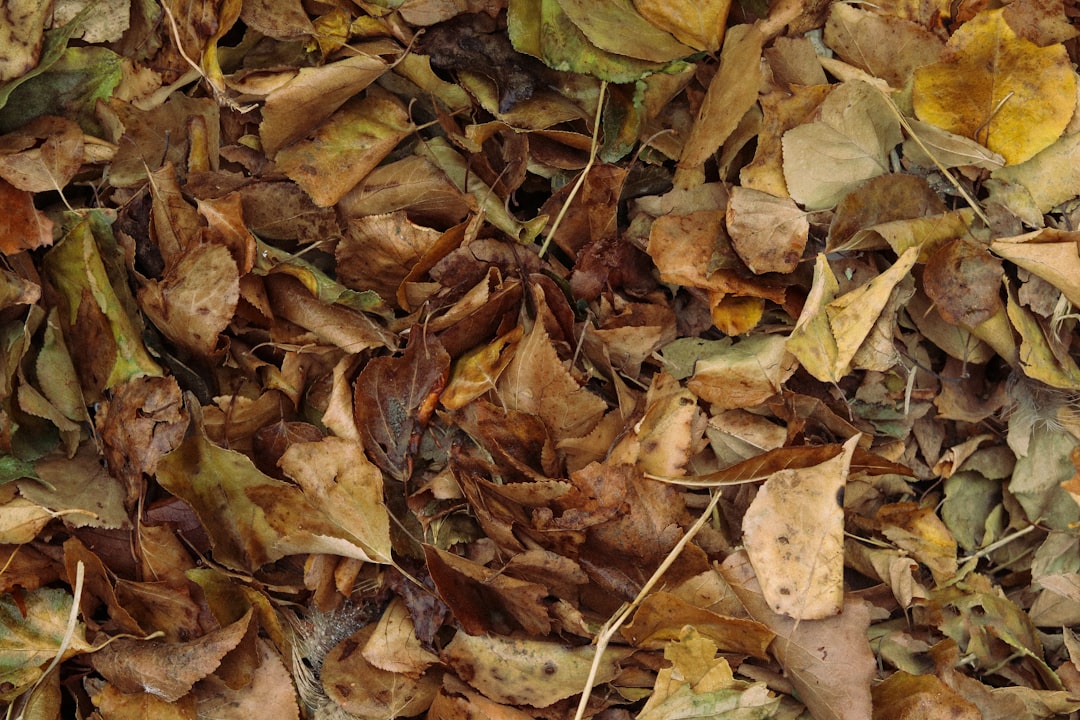Unveiling the Magic of Berry Plants for Avian Enthusiasts

For nature lovers and bird - watching aficionados, a garden can be transformed into a vibrant avian paradise. One of the most effective ways to attract a diverse range of birds throughout the seasons is by incorporating berry plants into your garden design. These plants not only provide a vital food source for our feathered friends but also add a splash of color and natural beauty to your outdoor space.
Let's start by exploring some of the top berry plants that are a hit among birds. First on the list is the Elderberry (Sambucus). Elderberries are highly attractive to many bird species, including robins, bluebirds, and waxwings. These plants are relatively easy to grow and can tolerate a variety of soil conditions. They produce large clusters of dark purple berries in the late summer and early fall. The flowers of the elderberry are also quite beautiful, adding an aesthetic appeal to your garden even before the berries appear.
Another excellent choice is the Serviceberry (Amelanchier). Serviceberries are known for their early - spring blossoms, which are followed by delicious berries that birds can't resist. Birds such as thrushes, finches, and sparrows are frequent visitors to serviceberry bushes. The berries start off red and then turn a deep purple - black as they ripen. Serviceberries are also a great option for smaller gardens as they can be grown as shrubs or small trees.
Dogwood (Cornus) is another berry - producing plant that is a favorite among birds. The bright red berries of the dogwood are a visual treat and a food bonanza for birds like cardinals, mockingbirds, and woodpeckers. Dogwoods are known for their beautiful foliage, which turns a brilliant red in the fall, adding to the overall charm of your garden. They prefer partial shade and well - drained soil, making them suitable for a variety of garden settings.
When planning your garden with berry plants for birds, it's important to consider the different fruiting times. By selecting a mix of plants that fruit at different times of the year, you can ensure a continuous supply of food for the birds. For example, you can plant early - fruiting plants like serviceberries and combine them with later - fruiting ones like elderberries and dogwoods.
Proper placement of these berry plants is also crucial. Birds need a safe and comfortable environment to feed. You can place the plants near trees or shrubs that provide cover and perches for the birds. This way, they can quickly retreat to safety if they sense any danger. Additionally, creating a water source nearby, such as a birdbath or a small pond, can further enhance the attractiveness of your garden to birds.
Maintenance of these berry plants is relatively straightforward. Regular pruning helps to keep the plants healthy and encourages new growth. You should also keep an eye out for pests and diseases. However, it's important to use natural and bird - friendly pest control methods to avoid harming the birds. For instance, you can introduce beneficial insects like ladybugs to control aphids.
In conclusion, creating a garden filled with berry plants for birds is a rewarding endeavor. It allows you to connect with nature, enjoy the beauty of different bird species, and contribute to the well - being of these amazing creatures. So, roll up your sleeves, plan your garden, and get ready to welcome a flurry of feathered visitors throughout the seasons.